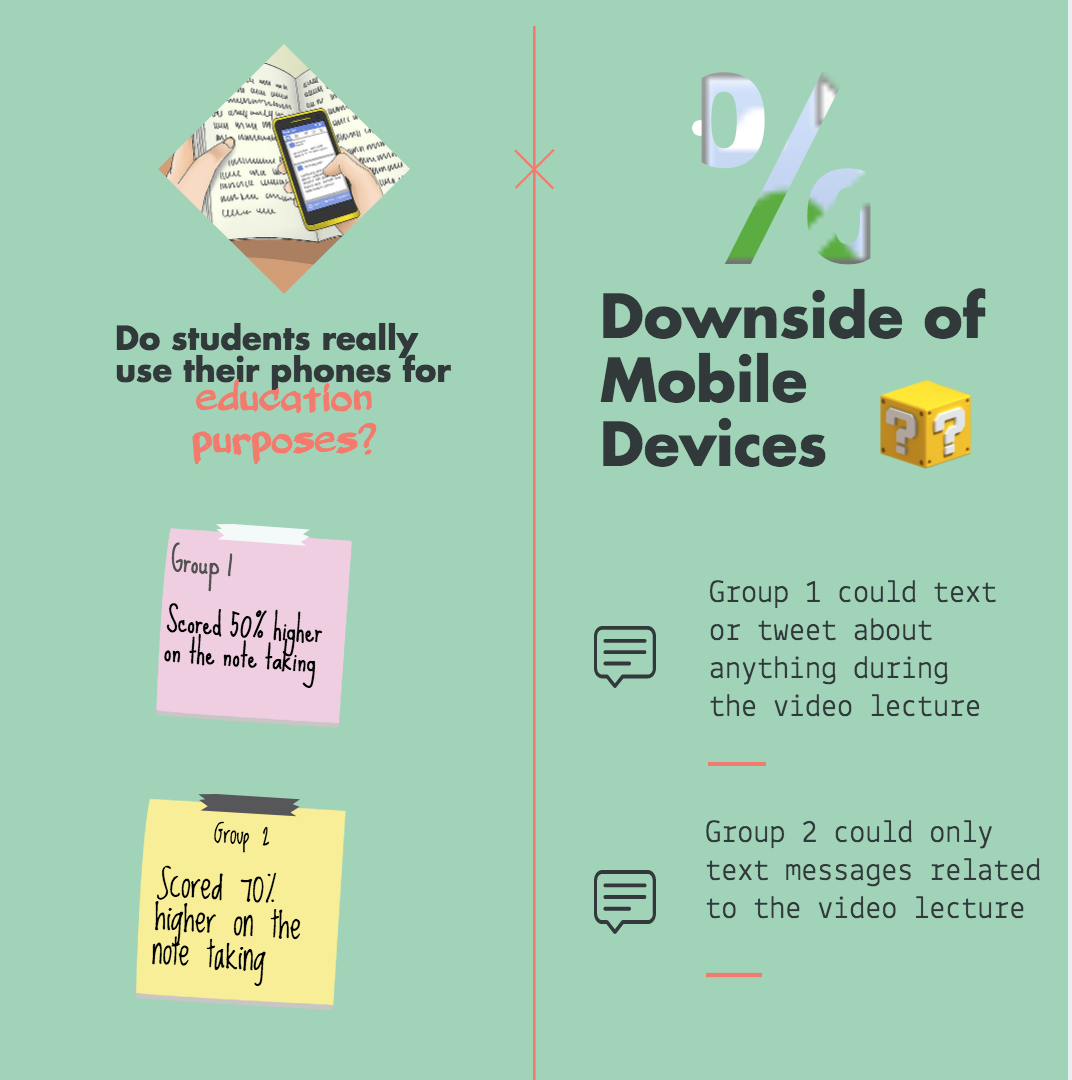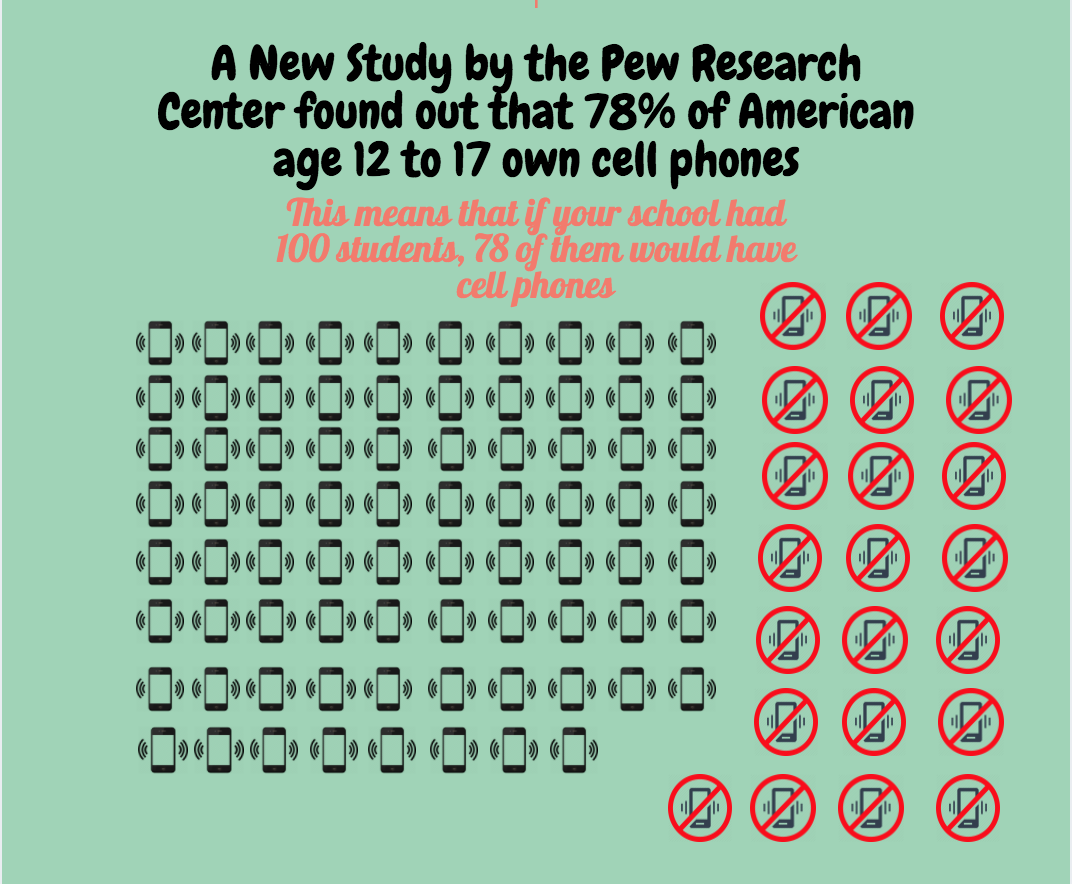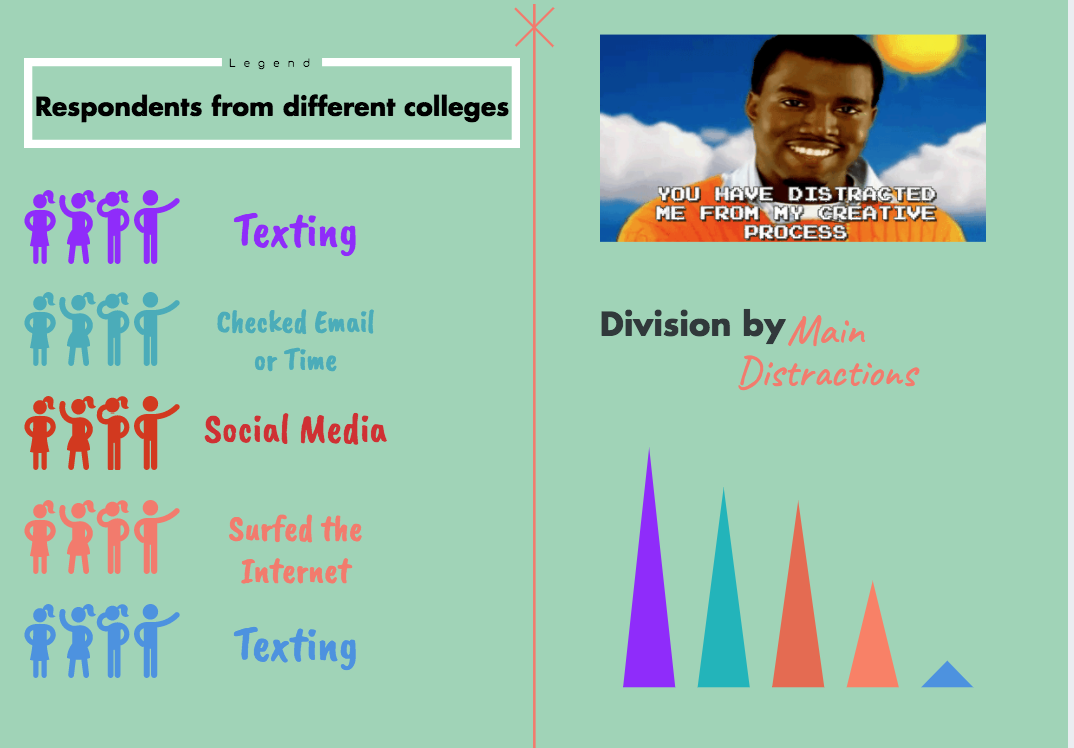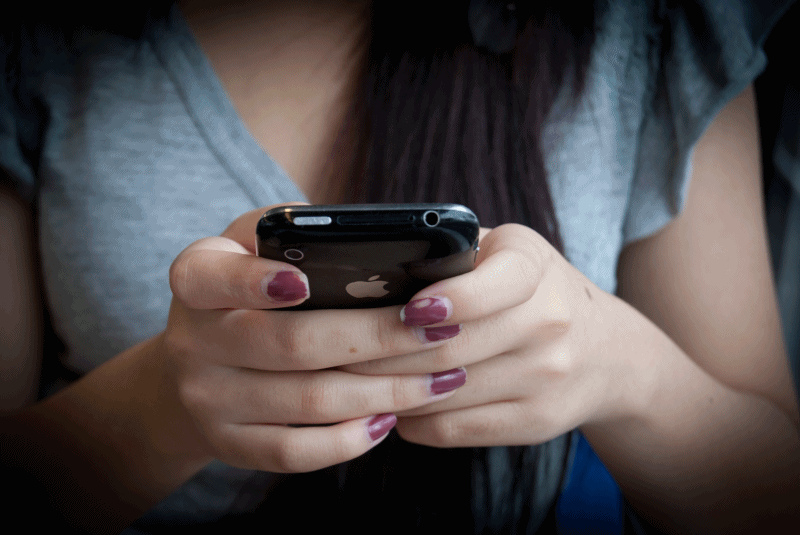Phones distracting students in class
By Jhaymesisviphotography – https://www.flickr.com/photos/jhaymesisvip/6497720753/in/photolist-aUbw1a-Vc2XtC-WCA8De-qsAcaU-8AK8SU-6kLCEh-bgBHvP-cKi3GE-bU7sCn-gz9Adv-5H7QER-e3Hrmy-dfFRDX-9Jbm12-bVL9Pv-pUVePV-P52zWM-otP77C-UBGAoY-985gCh-9usNwZ-cvk88w-cz4oxs-cZQXww-96WkYV-dqDDze-52aADV-7H4TsK-9yemAy-6xnj6Z-7oCiVV-an6Nrk-549ka-eefp1k-7Wb3BP-8zxTLb-6KcuJy-4xsR6N-dvPHNR-2Mpm8z-5S8WDR-6XAxeB-dppx-VWXpUY-6z9562-7wsD8Y-b77TeZ-7yFzWM-Uipk5c-6iwCGy, CC BY 2.0, https://commons.wikimedia.org/w/index.php?curid=64030269
January 24, 2018
People around the world are constantly texting nowadays so it is not a surprise that students are doing it in class. Students often text in class because they feel the need to communicate or to help pass the time. Students are more distracted than ever by their digital devices in class and are using them for non-academic reasons. A new study found that over 90 percent of students admitted to using their devices during class time for non-class activities.

Text may hamper students’ ability to pay attention in class. Some students have the urge when they notice an incoming text or feel the vibration in their pants. Students text through the temptation to communicate with others, and it seems to others (who are “others”? Teachers? Other classmates?) that they are not paying attention.

After 20 years of teaching, Miriam Morgenstern, a teacher at the Lowell High School is calling it quits this month. The history and ESL teacher is starting an educational nonprofit, but that’s only one of the reasons why she is leaving the classroom. A major frustration was students constantly on their cellphones.
 Students interacting on the phone are often on apps such as Snapchat, Instagram, iMessage, and Youtube. I mean, who can resist discovering new trends, knowing what your friends are posting, and watching a funny viral video?
Students interacting on the phone are often on apps such as Snapchat, Instagram, iMessage, and Youtube. I mean, who can resist discovering new trends, knowing what your friends are posting, and watching a funny viral video?
Joni Siani, a Braintree psychologist agreed. “You’ll get kids saying, ‘I’ll look something up for English, and while I’m here let me quickly check my Instagram or Twitter feed.’ Then afterward they would lose their focus on the lesson and become more engaged with their devices,” she said.

A study based on a survey or 777 students at six different colleges and universities asked students why they used their devices in class. 8% of them stated that they never used their devices in class. 35% said 1-3 times, 27% said 4-10 times, 16% said 11-30 times, and 15% said they used their phones more than 30 times in class for non-academic purposes per day.
The top reason was texting, followed by checking the time.
According to a study by the Centre for Economic Performance at London School of Economics, “The results suggest that low-achieving students are more likely to be distracted by the presence of mobile phones while high achievers can focus in the classroom regardless of the mobile phone policy.”
Banning cellphones might be a problem since not all students, parents, and faculty would agree on this rule. There is not really a solution to stopping students from using their devices for non-educational purposes other than prohibiting the use of phones in class. Students often use their phones in class to communicate or pass time. It is up to the educator to decide what to do with the phone rules in class.



